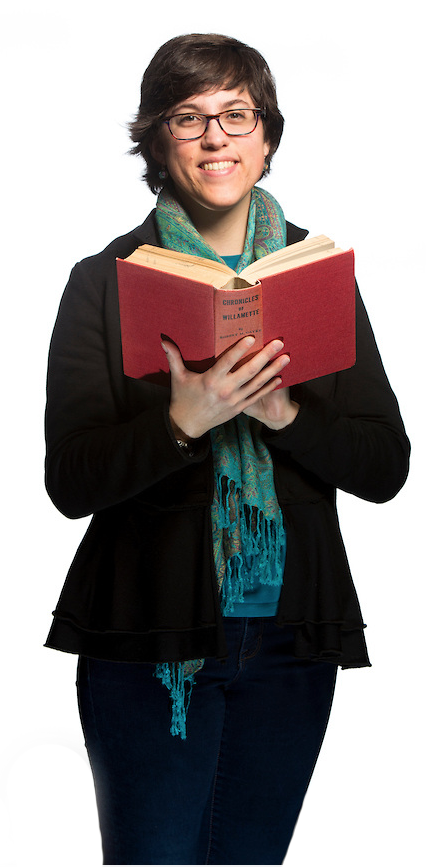Commemorations, such as Willamette’s 175th anniversary, are fascinating artifacts of study. They are created to define their own significance, and to tell the history of their own existence. In the process of telling this history, they capture who and what the commemorators thought was relevant and valuable to their story.
For this reason, charting the history of commemorations can be an interesting and informative way to understand an organization’s history. Willamette University’s commemorations, of which there have been multiple in its 175-year career, offer a window into the progression of the institution’s self-conception.
One particular recurrent figure provides an excellent case study to peek into Willamette’s history. Jason Lee — Methodist missionary to the Oregon Territory in the 1830s, and a founding member of Willamette University — is at once an exceptional case and a representative one. While given an exceptional amount of attention, mythologies of Jason Lee are representative of a certain kind of history-telling.
Written histories can never fully capture the experiences felt by people in the past. The histories we produce at different times are flexible, due to variables such as the documents available, the identity of the authors, their motivations or the value systems of that time period.
Then there are the structures, relationships or actors that the historians consider important. A variety of histories can be told about the same basic events or time period, and these histories can be roughly grouped into schools of history-telling. Among them, Marxist histories consider the economic structure of societies a crucial explanatory factor of history. Feminist histories trace the ways in which conceptualizations of gender interact with all historical actors and events. Post-modernist approaches focus on local histories and resist drawing strong causal links or generalizing experiences beyond the local.
The commemorations of Jason Lee fall into the Whig school of history, which focus on major political figures and intellectuals, the government, treaties and wars in order to explain how we came to the present day. They are the most common and popular way that the past is visualized in mainstream consumption, partly because they create a narrative of causality about the world. Their understanding of history as a march from primitive to advanced makes the present the pinnacle of achievement. They also affirm the goodness of the present and talk about past events as either missteps or steps in the right direction, depending on how much they moved society toward its current form.
Despite its proliferation, the Whig method is not the inevitable way to tell a history. Making explicit the choices involved in telling Willamette’s story helps us understand the university’s self-conception.

